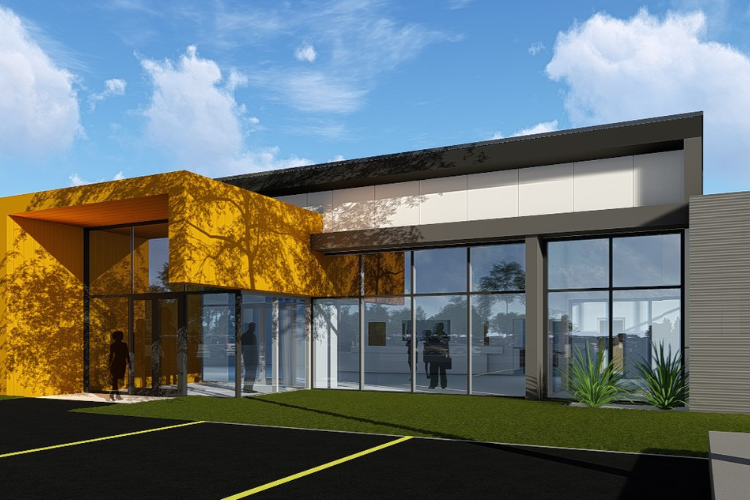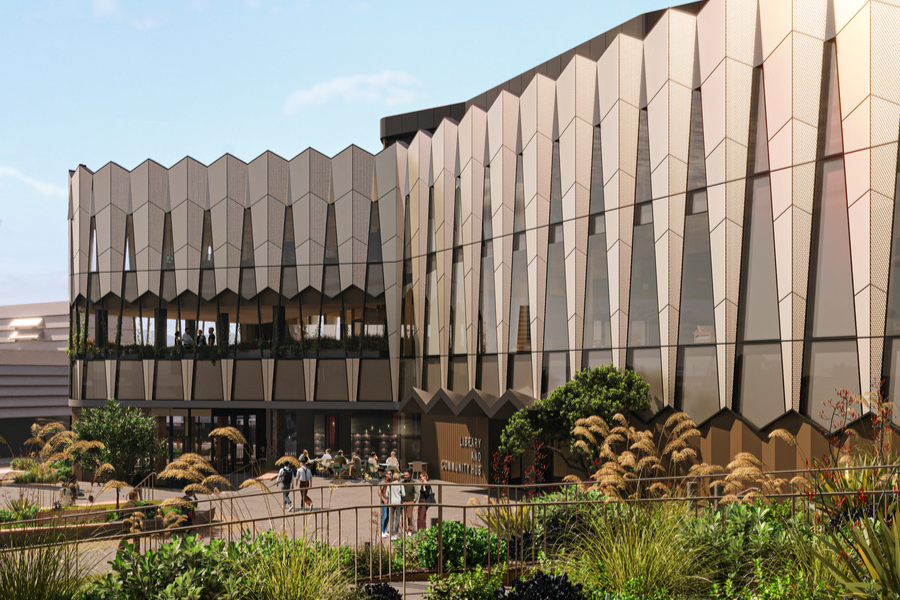During an earthquake, buildings experience ground shaking and seismic forces. Internal partitions can be vulnerable to these forces. If they are not designed correctly they may fail, leading to collapse or damage. Seismic engineering considers the dynamic loads and motions caused by earthquakes and ensures that the partitions are designed to withstand these forces, maintaining the overall structural integrity of the building.
Why is seismic design important for partitions?
Internal partitions play a role in distributing these forces and transferring them to the building’s structural frames or walls. By appropriately designing the partitions, seismic forces can be effectively transferred to the primary structural elements, minimising localised stress concentrations and contributing to the overall seismic performance of the building.
Read more about how a modern bracing system works with partition walls during a seismic event, including how the interactions between a partition wall and a main wall differ from the interactions between two partition walls.
Protecting People and Property – The Why of Seismic Design
Internal partitions serve as barriers within a building, and their stability is vital for the safety of those inside. Proper seismic engineering ensures that the partitions can withstand the lateral forces generated by earthquakes and remain intact, reducing the risk of collapse or separation. This helps prevent injury or potential trapping people inside buildings during seismic events.
Furthermore, important infrastructure, such as hospitals or emergency control centres, need to continue working immediately following an earthquake. This requires seismic designs that help the building to remain functional so rescue and recovery operations can continue and emergency support can continue to be provided.
In the days following an earthquake, businesses need to be able to get up and running quickly to provide supplies for their local communities. Seismic design that protects stock and machinery, and minimises internal damage is important for post disaster functionality. The continuation of businesses is also important for the longer term recovery of the communities affected.
Read more about the short, medium and long-term importance of interior seismic design for buildings.
Overall, seismic engineering is essential for internal partitions to enhance the safety, structural integrity, and functionality of buildings during seismic events. By considering the specific requirements and loads imposed by earthquakes, engineers can design partitions that contribute to the overall seismic resilience of the building, protecting occupants and reducing damage.
If you’d like us to help you with a project that requires interior seismic engineering expertise, please get in touch.
DELIVERING THE HIGHEST STANDARDS OF SAFETY AND DESIGN FOR WAIKERIA PRISON
Waikeria prison redevelopment is a pivotal project for New Zealand and Brevity is proud to have played a key role in…
Exploring TS 1170.5 and its impact on Interiors Engineering and Seismic Restraint Design
In our latest webinar, we discussed the newly drafted Technical Specification TS 1170.5, which brings significant…
TAURANGA CIVIC PRECINCT DEVELOPMENT – LIBRARY AND COMMUNITY HUB
Tauranga City Council aims to revitalise the city' centre into a vibrant community space, starting with striking…


